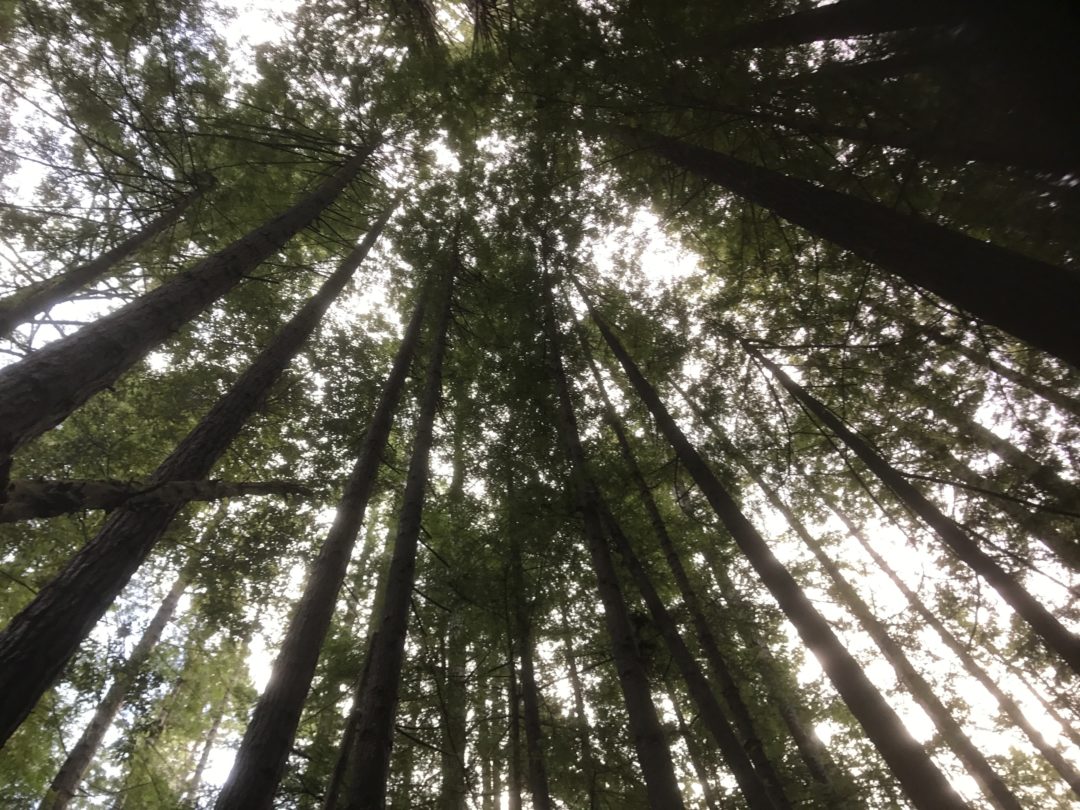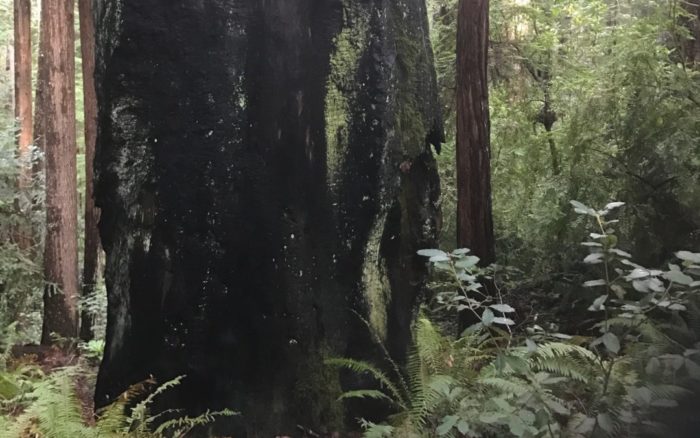Water, Trees, Mistakes: Watershed Health
Napping was not only from exhaustion; it was also defense to the weight of what I was reading, Alice Outwater’s Water: A Natural History, not nap time reading!
I knew discrete facts of the history. How early 18th century explorers skilled off many fur-bearing animals, especially the beaver, important to watershed health throughout our country. The massacre of millions of buffalo in a few short years of the early 1840’s, buffalo, whose wallows collected waters and allowed slow seepage into the ground, restoring aquifers. And the prairie dogs, whose tunnels provided passage for water for ground water restoration, yet annoyed ranchers and were poisoned. How Western Europeans treated the lands of the west as they had lands to the east and in Europe, plowing and planting land that had to be irrigated by aquifers once restored by actions of buffalo and prairie dog tunnels and beaver. How this has let to desertification and the drought.
Add in our twentieth century dam-building binge, which made our rivers inhospitable to those fish so important to the nutrition of native inhabitants and whose reproduction depended on swimming back to their places of origin—well, I just kept waking up, a dream, I wished, except it wasn’t. Buffalo were slaughtered for their tongues. Beaver for their pelts. Prairie dogs, also one of these keystone species, are still poisoned because they supposedly compete for vegetation with cattle, also misadapted for the ecology of the West.
It is bad news. I wish it were like one of those dreams of Scrooge, who awakens to find he has a second chance. Do we? We have gone from this garden of interconnected abundance, and now here we are. In drought. Species coming extinct. Ecosystems wrecked. Even though we know biodiversity increases a system’s chance at survival, our agriculture too often is one of increasing simplification through monocropping. The question of short-term profit trumps the question of sustainable balance.
Yesterday I walked a trail into the depth of Fern Canyon, a canyon whose crotch is Fern Creek. Wild coho salmon still run this creek. Entering this ecosystem is a yin experience: damp, dark, dripping rain— something we Californians no longer take for granted. Absolutely silent. Suddenly I noticed many enormous fire-blackened stumps of what would be growing here if it had not been for the 19th century logging of our old growth redwoods, 99% of which is gone. It is a gut shock: The impossibly huge stumps surrounded by the offspring, tall and straight themselves, but dwarfed in girth by these stump ghosts.
Outwater says that the trees in the primeval forests that the 18th and 19th century explorers encountered had almost twice the girth of the trees our second-growth forests will ever reach. This is not just about the length of time they are allowed to grow: it is about the way we culled the largest in logging and about ecosystems we have destroyed which supported the forests.
I imagined what entering this forest 200 years ago would have been like. Occasionally a raven’s percussion of wings broke the silence. One circled me several times, making the enigmatic clicking sound that always makes me wonder, is this really a raven? This is not the first time I have been scoped out by a raven in a remote location, but this time was different. At the time I was standing in one of those witch’s circles of redwoods, one where you are in the heart of the mother tree, all of her offspring ringing around you. The raven circled twice, settling in a branch. I watched her beak open and her body strain as she clicked some more, then circled again.
Was she making a mandala as I stood in that mandala of redwood survivors? Carl Jung said mandalas appear when psychic equilibrium is disturbed. “The goal of contemplating the processes depicted in the mandala is that the yogi shall become inwardly aware of the deity. Through contemplation, he recognizes himself as God again, and thus returns from the illusion of individual existence into the universal totality of the divine state (9i:633).”
Perhaps the hope of the lesson of contemplating the destruction of our watersheds through our ignorance is this realization of our responsibility in being good citizens of Earth.

Redwood circle from Mother Tree’s perspective.
